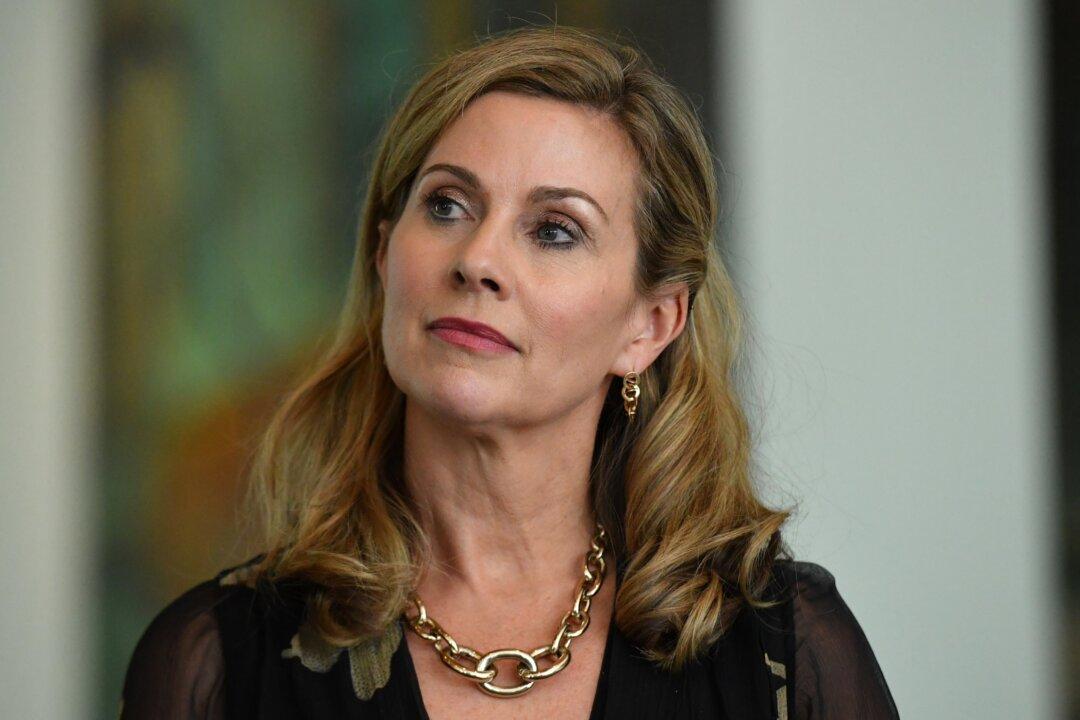New Zealand’s economy expanded two percent over the September quarter after borders opened and business normalised, Stats NZ revealed.
The figure was more than double expectations, with markets predicting an average of a 0.9 percent growth and the Reserve Bank of New Zealand (RBNZ) forecasting 0.8 percent. This was driven by the services industry, which makes up two-thirds of the economy.





